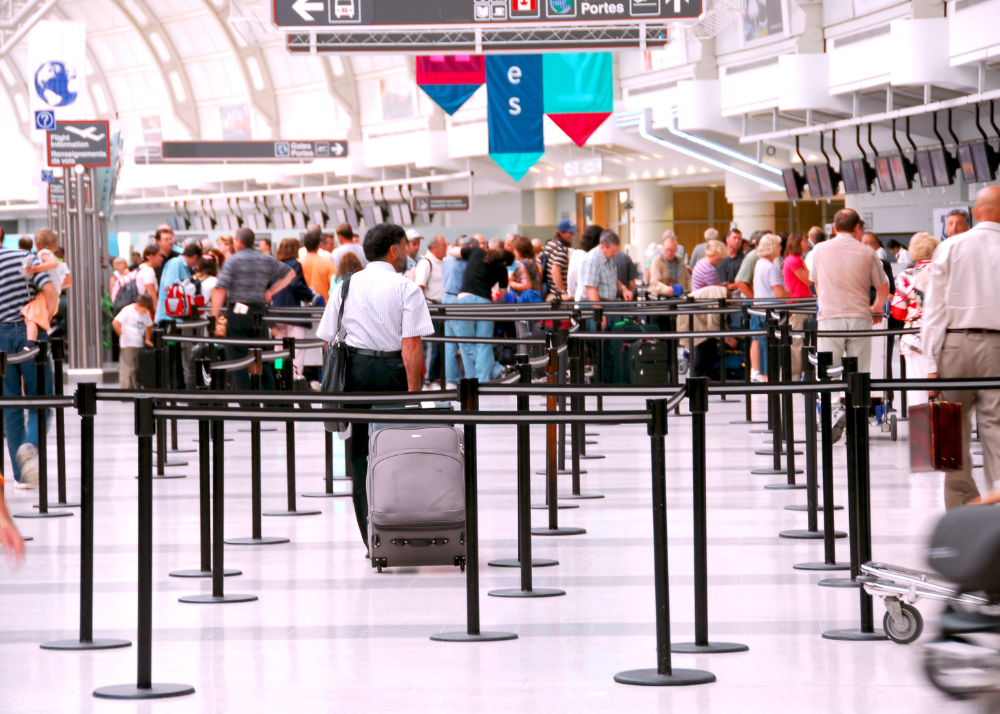New EU Entry System Starting October 2025
The European Union is launching a digital border control system that will change the way travelers from non-EU countries enter the bloc

The Entry/Exit System (EES), whose introduction has been postponed several times, will begin operating on October 12, 2025. The European Commission announced that the system will be gradually implemented over a six-month period, while all Schengen member states install the necessary equipment at border crossings. After this transitional period, EES will become mandatory for all non-EU travelers.
How does EES work?
The system is designed for nationals of non-EU countries, such as the United Kingdom and the United States, who enter the Schengen Area without a visa or with short-term visas. Upon their first entry, travelers will be required to register at self-service kiosks or with border officials. Their photo will be taken, fingerprints collected, and passport details recorded. This information will be stored in a central database for three years.

On subsequent entries, it will be sufficient to confirm identity through facial recognition or fingerprint scanning, which should speed up the procedure after the initial registration. The system does not apply to EU citizens, residence permit holders, or travelers with long-term visas.
Will there be border delays?
One of the biggest concerns is the potential for queues and longer waiting times, particularly in the first months of implementation. Since the new technology is being introduced, registration is expected to take longer at the beginning. The European Commission emphasizes that the goal is to make border crossings safer and more efficient in the long run, with additional information campaigns planned to prepare travelers.

Find the latest tourism news here.
ETIAS – the next step
The introduction of EES is only the first stage in modernizing EU border management. By the end of 2026, the EU plans to launch the ETIAS system (European Travel Information and Authorisation System). It will apply to travelers from about 60 countries who currently do not need a visa for short stays in the Schengen Area.

Before traveling, applicants will have to submit an online application, provide personal and security information, and pay a €20 fee. The authorization will be valid for three years or until the passport expires. Although children under 18 and adults over 70 will be exempt from paying the fee, they will still be required to apply for approval.
What does this mean for travelers?
For frequent travelers to the EU, the changes mean they will need to allow extra time for the initial registration. However, subsequent border crossings will be simpler and faster. EES will ensure more accurate tracking of entries and exits, while ETIAS—expected to become mandatory in 2027—will add another layer of travel requirements for non-EU nationals who do not need visas.
Follow us on Facebook and Instagram to stay up to date with the latest tourism news.



